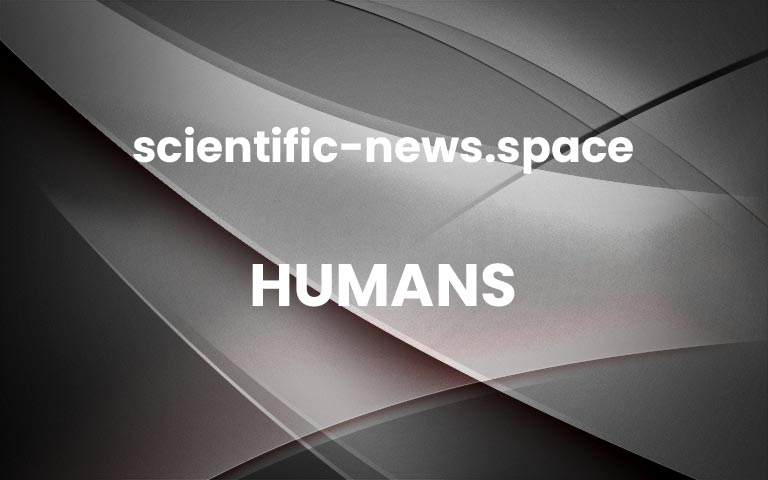Before the Great Wall, Chinese rulers built a shallow ditch
Archaeologists excavate part of the medieval wall system in MongoliaTal Rogovski
Long before the Great Wall of China was constructed, other monumental walls were built across the Eurasian steppes – but they weren’t designed to defend against Mongol armies. Recent excavations reveal that they were erected to control movement of people or demonstrate power, much like border walls today.
The Great Wall of China spans many thousands of kilometres, the longest stretch running some 8850 kilometres. This part dates from the Ming dynasty (AD 1368 to 1644) and served as a physical barrier to defend against Mongol raids.
Advertisement
Unlike the Great Wall, which is – as the name implies – made up of large walls, the earlier system is a network of trenches, walls and enclosures stretching approximately 4000 kilometres across more northerly regions in China, Mongolia and Russia.
It was built between the 10th and 12th centuries by several dynasties, chiefly the Jin dynasty (AD 1115 to 1234), which was founded by Jurchen people from Siberia and north-east China, who were mainly pastoralists.
Gideon Shelach-Lavi at the Hebrew University of Jerusalem and his colleagues had already surveyed and mapped the walls using satellite imagery and drones, but now they have studied a section running for 405 kilometres through what is now Mongolia and excavated at one of the enclosures.
The structures were made up of a ditch about 1 metre deep and 3 metres wide, with the earth from it piled up on one side, creating a wall of compressed earth that may have been a metre or two tall. Then, every few kilometres along the wall, there was a thick, square, stone enclosure, about 30 metres across.
What the walls were built for hasn’t been clear. There is very little historical documentation about them and they weren’t built at natural geographic borders, says Shelach-Lavi.
Many historians thought they were built to stop the armies of Genghis Khan, who ruled the Mongol Empire from 1206 until 1227, says Shelach-Lavi.
The structures wouldn’t have been particularly effective defensively, though. “This was not meant to stop invading armies,” says Shelach-Lavi.
Instead, he suggests it was more of a show of power – to demonstrate that the area was under the control of the Jin dynasty. The wall would also have funnelled people through gates at the enclosures, so the flow of people, goods and animals could be managed. It might also have been used to prevent small raids, even if not stopping armies, he says.
“The idea, I think, is to channel those people to where you have those enclosures, so you can control them, you can tax them,” he says. “It’s a matter of controlling who is moving, and in this respect, it’s not very different from what we see today.”
Finds at the enclosure also shed light on how the people there may have lived. “This is a pastoralist area,” says Shelach-Lavi. “We find a lot of evidence in the region of people living off herding and hunting and fishing.”
And yet, at the enclosure, the researchers found coins from the Han Chinese Song dynasty, which was at war with the Jin dynasty, as well as ceramics, a plough head and a stone platform or bench that could be heated and used as a stove or bed.
This implies that significant resources were invested into the garrison’s construction and maintenance, says Shelach-Lavi, and also that the people lived here all year round and practised agriculture. “That’s surprising because even today, they don’t do agriculture in this place,” he says.
Topics:archaeology More


